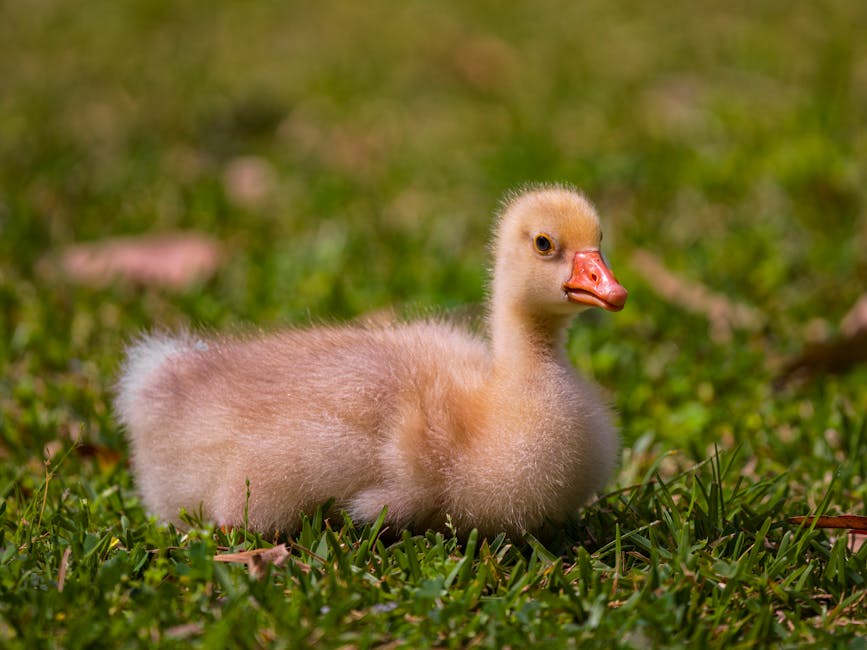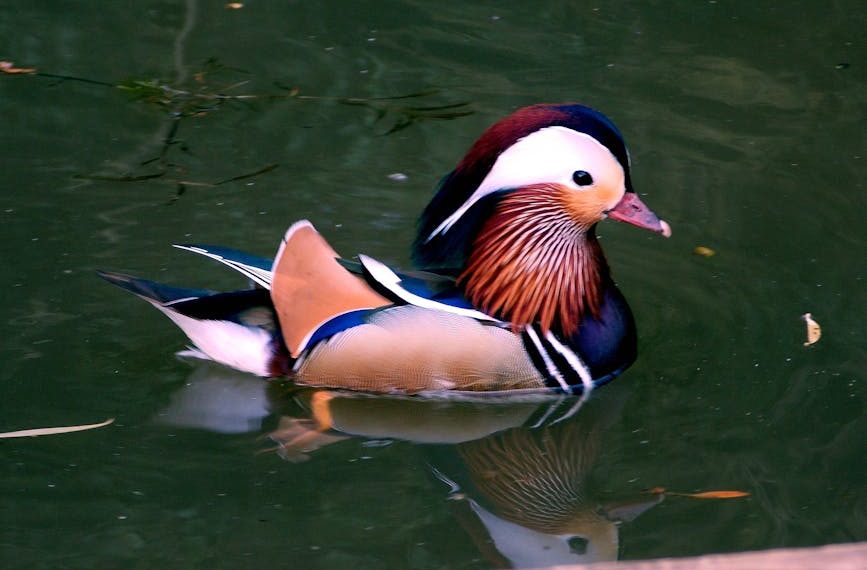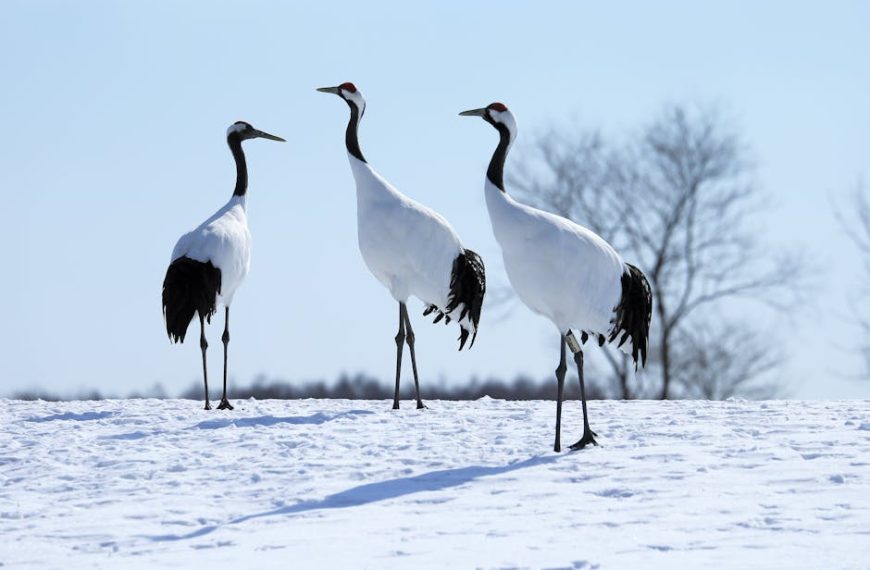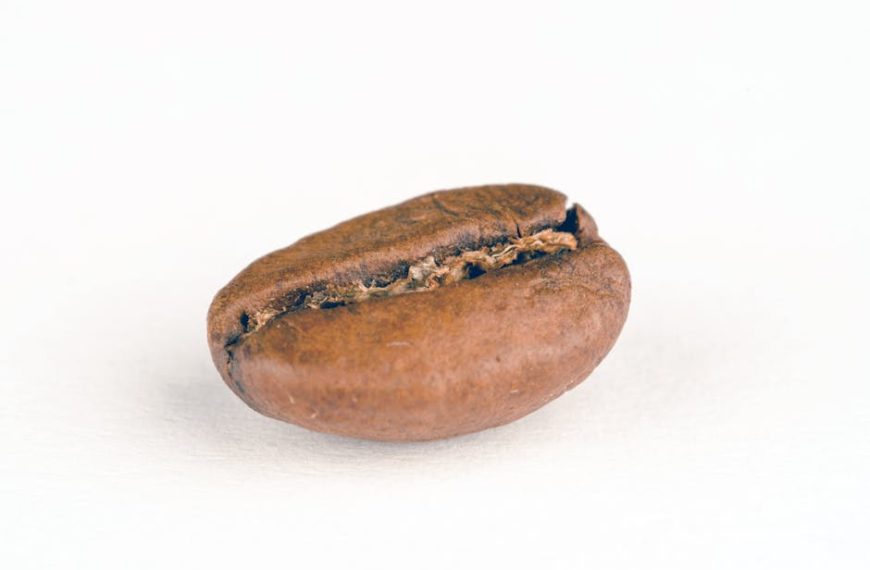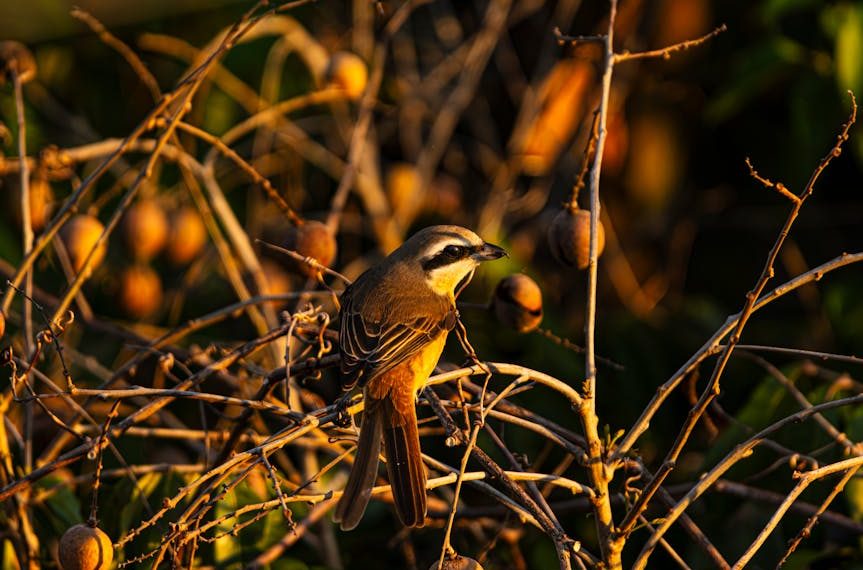Baby birds have a unique dietary requirement that varies depending on their species and age. Unsurprisingly, their feeding frequency and the amount of food required also differ. For instance, a fledgling sparrow consumes a different diet than a baby finch and requires feedings at distinct intervals. They show obvious signs of hunger that include incessant chirping, opening their mouth wide, and flapping in a frenzied manner, indicating their need for food. It’s essential to familiarize oneself with the dietary needs of common baby bird species to ensure they develop into healthy adult birds.
Understanding the Feeding Needs of Baby Birds
Baby bird diets can be quite diverse, depending on the bird’s species and age. Some prefer seeds, others insects, while few bird species subsist on a diet of small animals. Recognizing these specific dietary requirements is key to successful bird rearing. To provide an illustration;
- Finches are granivorous, meaning a diet rich in seeds is suitable for them.
- Baby parrots, conversely, require a varied diet of fruits, vegetables, and grains.
- Starlings, being omnivorous, thrive on a diet that includes insects, fruits, and grains.
Pro Tip: Baby birds exhibit certain signs when hungry. Being vigilant about these signs can lead to more effective feeding.
The Importance of Hydration in Baby Birds
Hydration is just as crucial for baby birds as feeding the right food at the right intervals. It’s paramount to hydrate baby birds properly, as improper hydration can lead to serious health issues. There are several ways to hydrate baby birds such as using a syringe, dropper, or bird water bottle. However, one should never force water onto a baby bird nor submerge a bird in water, as both can lead to the bird choking or getting distressed.
Consider the following checklist to ensure proper hydration:
- Use a syringe, dropper, or specific bird water bottle.
- Avoid forcing water onto the bird.
- Always ensure the bird isn’t submerged in water.
Feeding Baby Birds: Frequency and Quantity
Feeding habits vary based on the type of bird and its age. Some baby birds require feeding every couple of hours, while others can go longer intervals between meals relying on their stored fats for energy.
For instance,
- Baby finches should be fed every 15-20 minutes during the day for their first week
- Young parrots should be fed four times daily, with the help of a feeding spoon or tube
- Baby starlings require feeding every hour from dawn till dusk with a diet rich in protein
A point to remember in feeding baby birds is to pay attention to signs of satiety. When baby birds are full, they will generally stop begging for food, and their crop (the area in their throat where they store food) will look full.
Choosing the Right Food for Baby Birds
One of the most critical aspects of baby bird feeding is selecting the right food that accommodates their distinct dietary requirements. Your choice of food should enrich their growth and development, fortifying their wellbeing.
When it comes to deciding between homemade and store-bought bird food, both these options come with their own sets of advantages and drawbacks:
| Homemade | Store-bought | |
|---|---|---|
| Pros | You can monitor the quality and freshness of ingredients and adjust the diet as per individual bird needs. | Commercial formulas are often fortified with essential nutrients and come with feeding instructions. |
| Cons | Making food at home can be time-consuming and it might be challenging to replicate the complex nutrients present in natural bird’s diet. | Not all commercial foods meet a specific bird’s dietary needs and some might contain fillers or preservatives. |
Pro Tip: Feeding baby birds is always to notice their health and behavior post feeding. Signs like increased lethargy, a decrease in weight, or a lack of interest in food could indicate that the current diet might not be suiting them.
Potential Challenges in Feeding Baby Birds
Feeding baby birds isn’t always a straightforward process. One might face challenges such as the bird refusing to eat, regurgitation of food, or signs of choking. These issues can make feeding stressful both for the caregiver and the bird.
Here are some best practices to follow:
- Be patient and calm during feeding times.
- Assess the bird’s comfortable pace of eating, and avoid rushing or forcing meals.
- Always observe the bird’s behavior post feeding, noticing any distress or discomfort.
An essential checklist for potential issues might include:
- Regurgitation of food: Small amounts could be normal, but frequent or large amounts require veterinary advice.
- Refusal to eat: If persisting longer than usual feeding interval, it might be a sign of illness or discomfort.
- Choking signs: If the bird is extending its neck, gasping, or showing discomfort while swallowing, immediate veterinary help should be sought.
Caring for baby birds can be a substantial but rewarding responsibility. Understanding their unique dietary requirements, feeding timings, and potential challenges can help ensure their robust development and transition into healthy adulthood.
Key Takeaway:
- Baby birds have species-specific dietary needs and exhibit particular indicators when they are hungry. Knowledge of these is essential for a healthy bird upbringing.
- Proper hydration is just as critical as feeding for the well-being of baby birds. There are various methods for hydrating birds, but the process must be performed carefully to prevent choking or distress.
- The feeding frequency and food quantity for baby birds depend on their species and age. Observing satiety cues can help determine if they’ve had enough or require more food.
- There are pros and cons to homemade and store-bought baby bird food. Regardless of the choice, one must monitor the bird’s health and behavior to ensure the diet suits them.
- Feeding baby birds can present few challenges. However, using certain techniques and being aware of potential issues can help make feeding times less stressful and more effective.
Caring for baby birds can be a fulfilling and enlightening experience. By understanding their unique needs and paying close attention to their behaviors, you can ensure these beautiful creatures grow into healthy, vibrant adult birds.
FAQs
Q: How quickly do baby birds grow?
A: Baby birds grow quickly and often reach near-adult size within weeks. However, the growth rate depends greatly on the species.
Q: What precautions should I take to prevent baby birds from choking?
A: Use shallow feeding methods, keep the bird upright, allow proper chewing before swallowing, and never rush or force-feed the bird.
Q: Can I feed baby birds regular bird food?
A: It is recommended to feed baby birds specialized baby bird food, designed to meet their specific needs. Regular bird food might not be nutritionally adequate.
Q: How can I keep the baby bird warm during feeding times?
A: Use a heated pad or lamp to provide the necessary warmth without handling the baby bird excessively.
Q: When can baby birds begin to eat semi-solids or solid food?
A: This varies across species, but generally, baby birds can be introduced to semi-solids or solid food once they start growing feathers.
Don’t hesitate to share this article with anyone who might find it useful, and explore our website for more such informative posts!
